As the Autumn is fully under swing and the winter soon approaching, we take a moment to reflect on the heat, high energy and buzz of the long summer days. The leaves are turning a magical golden shade against the moody sky and the dark nights stretch for longer allowing moments of pause, reflection and hibernation! We wanted to take this time to look back over the medicine making of the summer and to share some of the harvesting and lotions and potions we made over the summer months.
An Ode to the Almighty Nettle
As the female Nettle plant turns to seed or flower in the late summer, the leaves are no longer suitable for human consumption because of the effect on the liver. However, we can enjoy the energising and warming effects of the seed. The female plant can be distinguished from the male by the heavy-laden catkins drooping from the top third of the plant, also the frosty appearance of the seeds.
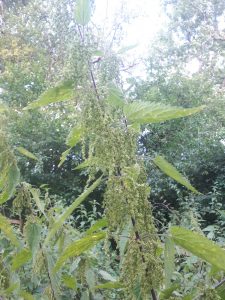
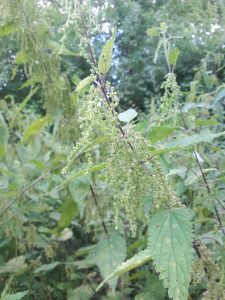
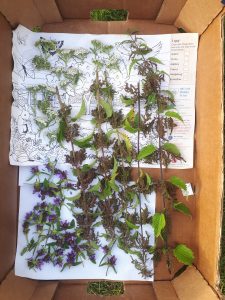
The seeds can be eaten raw or dried. They are packed full of nutrients supporting the kidneys, strengthening the adrenals (best if you have hypothyroidism, an underactive thyroid), full of vitamin-c and essential fatty acids. The energising effects of the seeds is caused by neurotransmitters acetylcholine and serotonin, choline and histamine and is often prescribed as a tonic for people who need a boost in life. They are known as adaptogens, which is a term used to describe a herb that provides the support to the body to adapt to physical, chemical or biological stress and helps return the body to the balanced state of ‘homeostasis’.
They are “full of oil high in polyunsaturated fatty acids – predominantly linoleic as well as linolenic, palmitic, oleic and stearic acids. Our bodies use linoleic and linolenic acids to make the important essential fatty acids omega 3 and omega 6″(1). Incorporate the seeds into your daily diet if you need a boost, you can eat them as they are, add them to soups or salads or make a nettle salt! Just add dried nettle seeds to salt a long with other herbs to make a tasty flavouring.
“Acetylcholine binds to the mood receptors in our brains. It stimulates the autonomic nervous system, improves mood and heightens sensory perception, attention span, vigilance and intuition. Acetylcholine disruption may be a primary cause of depression. Serotonin acts on the central nervous system. It regulates mood, appetite and sleep, influences memory and learning. It is serotonin, along with histamine and formic acid, in nettle spines that causes the pain when you pick them! Incidentally, acetylcholine in nettle venom may well explain why the ancient practice of urtification for pain relief actually works! Nettle seeds also raise dopamine levels, creating pleasurable feelings.”(1)
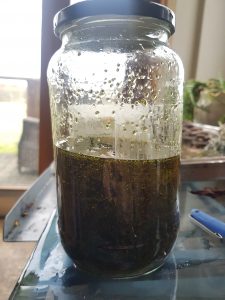
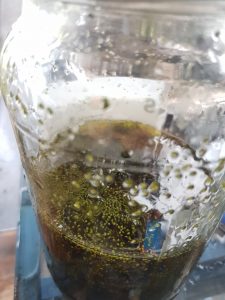
Nettle seed oil! I have simply added olive oil (you can use your oil of choice depending on the use) to nettle seeds and allowed an infusion for 8 weeks. This is a very warming oil that can be ingested externally and also applied topically to warm muscles and ease pain. We are going to use it in our winter warming balm. It also contains a lot of vitamin E so is good for skin complexion.
(1)https://napiers.net/blogs/news/nettle-seed-uses